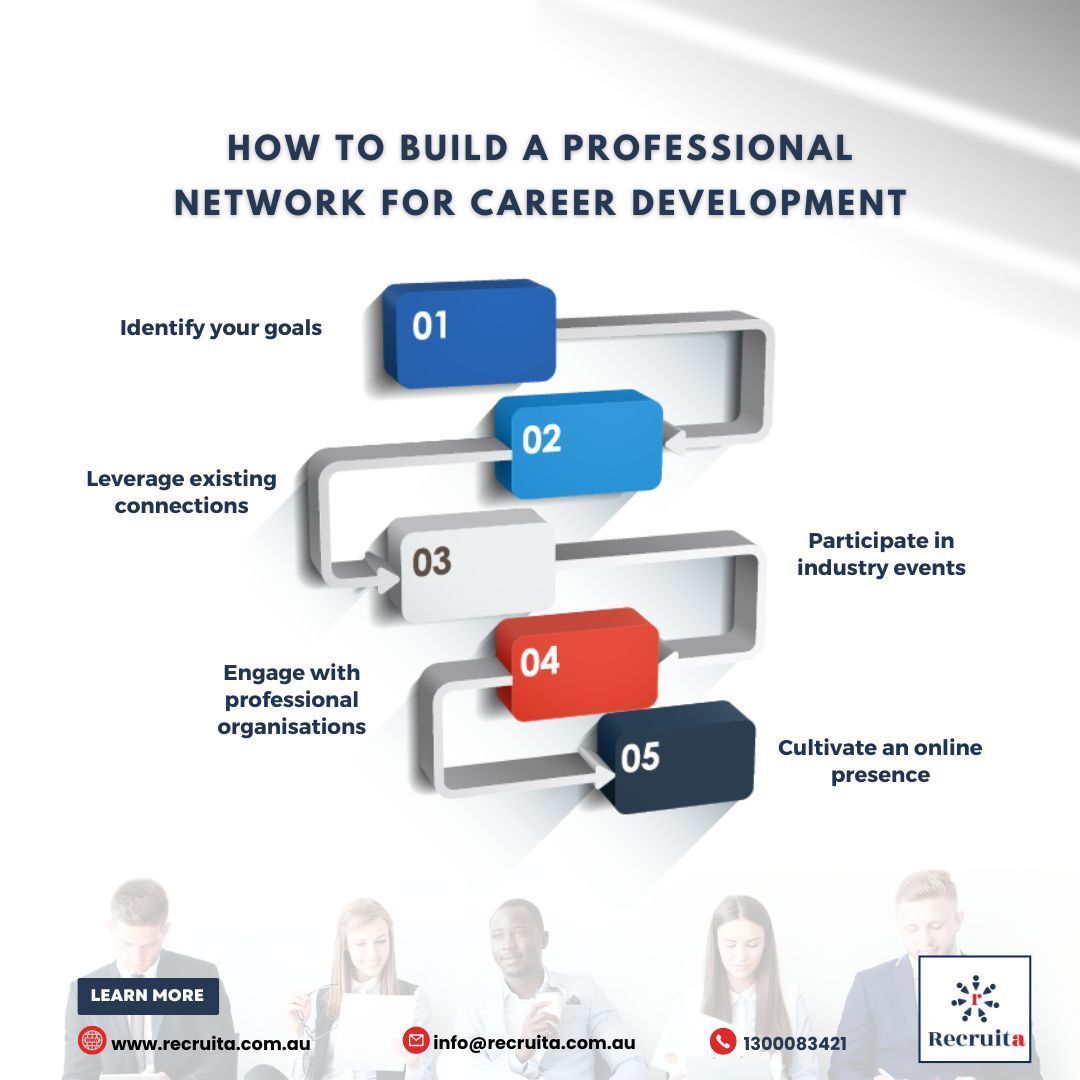12 Tips for Companies Looking to Hire Employees in 2023
Owing to a number of factors, many companies are struggling to hire new talent using conventional recruitment strategies. The Great Resignation phenomenon, whereby employees are leaving their jobs at an alarming rate, is one of the principal reasons. In addition, the low unemployment rate of 3.9% means workers can be more careful about choosing an employer.
According to the Bureau of Labor, the United States is short by over 11 million workers to fill vacant positions. And it’s not just about filling positions but also finding talented people who can grow and contribute to the company in meaningful ways.
Hiring managers need to understand these new trends to recruit the best talent possible, even if there aren’t as many candidates available.
What are the top 5 trends at the workplace in 2023?
Many factors will affect the future of work, including new technologies and social trends. As a result, various trends could shape hiring strategies in 2023. Below are five of the most significant trends recruiters should consider when looking to hire.
1) Wages will become more competitive
The economy is picking up, and unemployment rates are falling. As a result, companies will have to compete for the top talent by offering higher wages, better benefits, and more perks.
According to a recent survey by Deloitte, purpose-driven firms grow three times faster than their competitors. Employees want to work for companies with meaningful core values and clear organizational goals. By utilizing this strategy, employers can increase staff retention by 40%.
2) The focus will be on mental health and well-being
As more people come forward with mental health issues, employers will realize that they need to do more to support employees struggling with disorders such as depression or anxiety.
Some employers have started investing in programs that promote wellness among employees, not just physical wellness but also emotional wellness. These programs include meditation classes and mindfulness training.
3) The rise of AI and automation will change the nature of jobs
The rise of AI and automation means that companies will rely on technology more than ever before. People will need to take advantage of these technologies to focus on other tasks or projects instead of doing them manually.
AI-assisted collaboration will become even more prevalent in 2023 with advances in natural language processing (NLP) systems that enable us to communicate more effectively with our colleagues through tools like Slack, Microsoft Teams, and others.
4) Employees will expect more flexible work environments regarding location and hours worked
The growth of remote work means that employers need to create an environment where employees can work from anywhere instead of solely in the office every day.
Video conferencing will be a necessity for many companies as it becomes even easier to connect with colleagues worldwide from any location. . This trend will be enabled by faster networks, better quality video and audio, and improved security measures that encourage online collaboration through video conferencing applications such as Zoom, Skype, and Google Hangouts Meet (formerly Google+ Hangouts On Air).
5) Workplaces will become more diverse and inclusive
In 2022, workplaces will be more diverse and inclusive than today. Zora Aly identified more men working at “female” positions 6 years ago. You will see more men in nontraditional roles, like nursing and teaching. Women continue to rise in business and politics rapidly.
Companies will need to have diverse teams to keep up with the changing workforce needs. Inclusive workplaces will become even more critical as millennials make up a 75% of the workforce by 2025, more than ever before and expect employers to provide benefits that meet their needs.
12 recruiting strategies when looking to hire employees
The recruiting process has changed significantly over the past few years, and so have the needs of hiring managers. Candidates are now more discerning about where they want to work and what type of culture they want to join before accepting a new job.
And when candidates do accept an offer, they’re looking for opportunities that align with their values and goals, which can make it harder for companies with no clear identity in terms of corporate culture or mission statement (or lack them altogether).
So if you’re looking to hire new staff, consider the following 12 recruitment strategies.
1) Incentivize referrals
One way to attract top talent is by incentivizing referrals. When employees are rewarded for referring someone who gets hired, it encourages them to spread the word about your company. For example, you can offer a $1,000 bonus to any employee whose referral is successful and remains for a minimum of 90 days.
Employees feel more valued and are more engaged when rewarded for their hard work and loyalty. In addition, if employees believe in your company culture, they will be more willing to refer people who fit that culture.
For this strategy to work, you need to clearly understand your company culture and make sure all employees are aware of it. You also need to ensure that your referral program is structured to align with your organization’s overall recruitment goals and maintain staff engagement.
2) Take a new approach to employee value propositions (EVPs).
Ensure that every open position has a detailed description explaining what the job entails and what skills are required for applicants to succeed. This way, potential candidates understand the expectations if they joined your team, making their decision easier when choosing between companies. t.
Your EVP is the promise you make when hiring someone about what they can expect from working at your company, including compensation, benefits, and growth opportunities. Make the job package clear the moment an applicant submits their resume. Be transparent about compensation and benefits packages before making offers so that candidates know what they’re signing up for. Update your EVP often to keep it fresh and relevant for potential employees.
3) Partner with local colleges and universities
To attract the best people who may not have considered you before or are interested in making a career change, consider joining forces with colleges and universities. These institutions offer great resources for finding talent that might not otherwise be available through traditional channels, such as career fairs and networking events on campus. One way to reach out to students is through your alumni association; another is through local university career centers.
If you’ve got a specific job opening, ask around at local universities. Chances are, someone knows someone suitable for the role. Or even better, maybe an intern would be interested in working for your company part-time or full-time after graduation and would love the experience and to strengthen their resume.
4) Create an onboarding program
An effective way to keep new employees engaged is by starting an onboarding program. Onboarding programs help new hires learn about your company’s culture and processes to get started quickly. They also allow new hires to ask questions about anything they don’t understand.
Hiring new employees can be stressful, so it’s crucial they get off to a good start. First, an onboarding program ensures that your new employees feel comfortable in their roles and know what is expected of them from the outset. Then, integrate new hires into your culture using online learning modules, training videos, and mentorship programs accessible at any time, so they don’t fall behind.
5) Offer flexible work arrangements
If you want to hire top talent, you need to ensure that your company culture aligns with what those employees want from their jobs and lives overall. One way to do this is by offering flexible hours and remote work opportunities so people can balance their personal and professional lives.
Some employees may want to take care of family members or other obligations outside of work hours, so you must allow for this flexibility. It will ensure that everyone can balance their personal lives with their professional duties without feeling overworked or stressed about their responsibilities at home or work.
6) Encourage employees to share their experiences
These days, customers are demanding more transparency from companies than ever before. With so many resources available online for customers to read reviews about businesses, some companies feel pressure from consumers who want to know what it’s like working at their company before applying for jobs there.
You can combat this pressure by encouraging your current employees to write testimonials on sites like Glassdoor or LinkedIn about how much they love working at your company and why they think it’s such a great place to work. These testimonials will help potential applicants feel confident that they’re making an excellent choice to apply with you if they see positive reviews from current employees.
7) Develop a recruiting strategy that includes social media and networking events
Social media sites are great places to post information about available positions at your company. These posts allow anyone who sees the post to apply for the position online or by phone.
You can also develop a recruiting strategy that includes networking events where people in your industry meet for lunch or dinner to network and share important information specific to their industries.
8) Offer competitive benefits packages
When you’re hiring new employees, it’s essential to consider how you will support them when they’re on the job. If you want employees to feel motivated, engaged, and happy at work, you need to offer them a good benefits package.
Employees want more than just a paycheck. They look for excellent health insurance, paid time off, retirement plans, and other benefits. If you don’t offer these essentials, they may find them elsewhere. A good benefits’ package can help employees feel appreciated and valued by their employer. It also helps them take care of themselves and their families, reducing the number of sick days they may otherwise take.
9) Invest in employee training and development
When hiring people, it’s essential to invest well in their training and development. These programs will help them grow as individuals, but will also ensure they’re equipped with the tools and knowledge needed to succeed in their jobs.
10) Hire people who fit your culture and values
Culture fit is a vital factor in retaining employees because it affects how they perform on the job and their overall job satisfaction. When hiring someone new, ask yourself what kind of personality you want on your team? What type of work ethic do you expect from your employees? Do you want someone outgoing or quiet? Do you want someone who is a go-getter or more laid back? These questions can help determine whether an applicant will fit your organization.
11) Offer tuition or student debt assistance programs
If you’re looking for ways to help reduce turnover among entry-level employees, consider offering tuition reimbursement or student debt assistance programs. Some companies offer tuition reimbursement programs that reimburse employees for college expenses, including textbooks and fees related to coursework taken online or at traditional schools. By offering such programs, employers can provide employees with financial relief while also helping them achieve their career goals after graduation.
12) Offer employee wellness programs
Another way to attract and retain good employees is to offer benefits packages that incorporate health and fitness. Today, small businesses can offer many benefits that larger corporations cannot. For example, a gym membership or subsidized healthy meals.
You can also provide discounts to your employees on health products and services from local businesses or vendors. Benefits aren’t just about money; they’re about making people feel valued as part of the team. When employees feel valued, they stick around longer and perform better at work with a better state of mind.
Example of How to Create a Hiring Strategy for 2023
As the hiring manager of a company looking to hire staff quickly, I would create a hiring strategy to meet this goal. The first step is to define the strategy.
You can create a strategy using analytics from past jobs to determine which ones had the most applications, then use this data to make better decisions about how many people apply for each job role. For example, you can discover which past posts worked best by looking at average response rates, average time until response, and the average number of applications for each type of job description posted.
How Applicant Tracking Software Can Improve Your Hiring Process
I need to get as many applicants as possible through well-written job descriptions to select those most likely to fit the company’s needs and positively impact the team (and who are also available).
Top 6 Job Ad Examples to attract applicants
The second step is defining how I would go about getting enough applicants. One way is through using GrabJobs’ automated posting feature, which allows recruiters to post jobs on multiple platforms at once with just one click!
How to Post on Multiple Job Boards with One Click
You could use this tool for all your open positions at once or just for certain positions if you want more control over where the openings are posted. In addition, this tool would allow you access to hundreds of thousands of potential candidates in just minutes!
15 Best Employment Portals for Posting Part Time Jobs
This feature saves recruiters time manually entering data into an application portal each time someone applies for a job opening.
Conclusion
In today’s competitive job market, employers need to offer more than just a paycheck to attract top talent. To beat out the competition and land the best staff, employers must be creative and innovative with their hiring strategies.
The future of recruiting will be one of the essential factors in determining the success of your business. The hiring process is never easy, but it is challenging when you are trying to find the best talent in an already competitive environment.
SOURCE https://grabjobs.co/recruitment-platform/tips-for-compaines-looking-hire-employees/?fbclid=IwAR1ZmLHu3Qp7IkTFOwGogGLExkheVbtxgAK810BTTxZoWLgsMjVEJ6METXA



